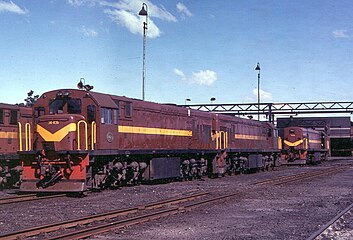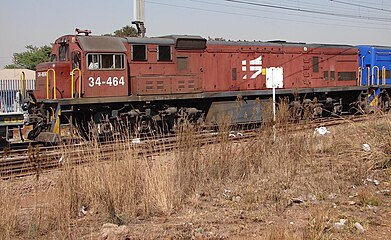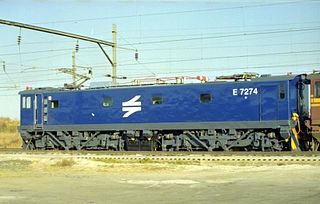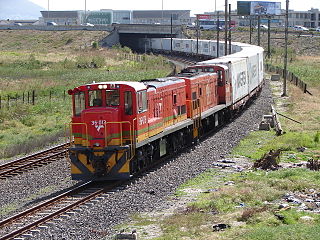| South African Class 34-400 | |||||||||||||||||||||||||||||||||||||||||||||||||||||||||||||||||||||||||||||||
|---|---|---|---|---|---|---|---|---|---|---|---|---|---|---|---|---|---|---|---|---|---|---|---|---|---|---|---|---|---|---|---|---|---|---|---|---|---|---|---|---|---|---|---|---|---|---|---|---|---|---|---|---|---|---|---|---|---|---|---|---|---|---|---|---|---|---|---|---|---|---|---|---|---|---|---|---|---|---|---|
 No. 34-401 at Kaalfontein, Gauteng, 7 October 2009 | |||||||||||||||||||||||||||||||||||||||||||||||||||||||||||||||||||||||||||||||
| |||||||||||||||||||||||||||||||||||||||||||||||||||||||||||||||||||||||||||||||
| |||||||||||||||||||||||||||||||||||||||||||||||||||||||||||||||||||||||||||||||
| |||||||||||||||||||||||||||||||||||||||||||||||||||||||||||||||||||||||||||||||
| |||||||||||||||||||||||||||||||||||||||||||||||||||||||||||||||||||||||||||||||
The South African Railways Class 34-400 of 1973 is a diesel-electric locomotive.
Contents
- Manufacturer
- Distinguishing features
- Modifications
- Fuel capacity
- Electronic control system
- Service
- South African Railways
- Leased and sold
- Works numbers
- Liveries
- Illustration
- References
Between April 1973 and November 1974, the South African Railways placed one hundred Class 34-400 General Electric type U26C diesel-electric locomotives in service. [1]




























